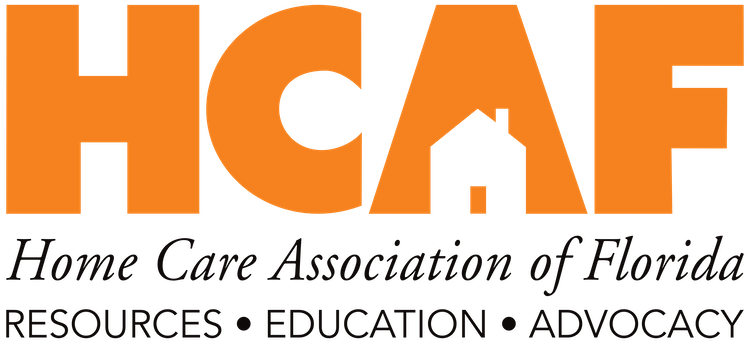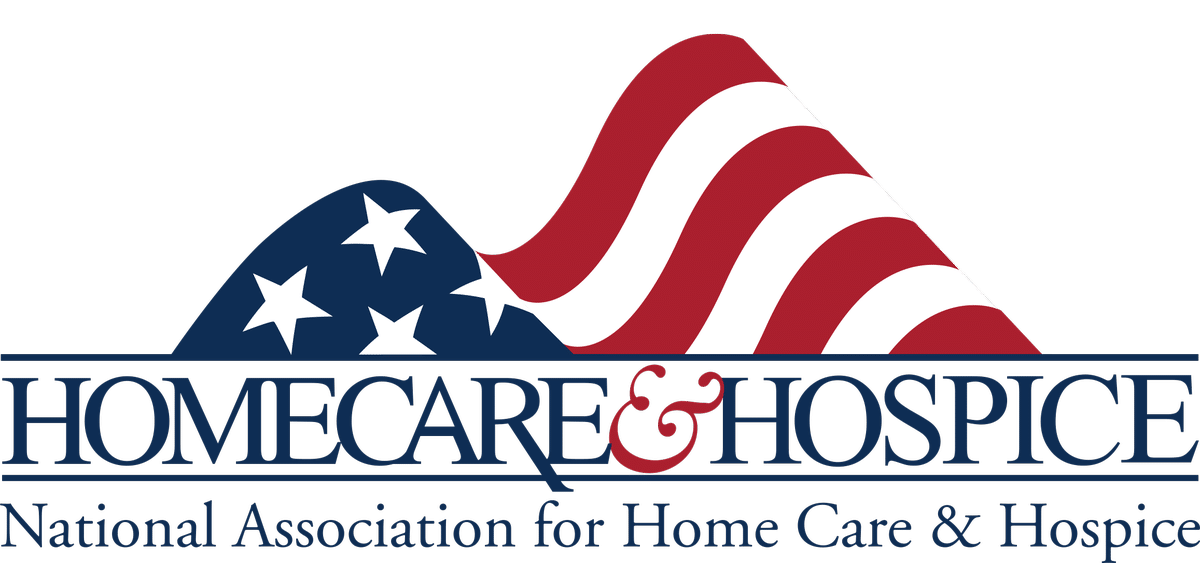Supreme Court Blocks Biden’s Covid Rule for Businesses, Upholds Health Worker Mandate

Supreme Court Blocks Biden’s Covid Rule for Businesses, Upholds Health Worker Mandate
Courtesy of the National Association for Home Care & Hospice (NAHC)
The U.S. Supreme Court handed down a split decision on two Biden administration workplace rules to stop the spread of the novel coronavirus COVID-19, blocking an Occupational Safety and Health Administration (OSHA) rule requiring businesses with at least 100 employees to compel their workers to get vaccinated or wear masks and test negative at least once per week, but upholding a separate rule from the Centers for Medicare & Medicaid Services (CMS) requiring vaccination for about 20 million health care workers.
The OSHA rule would have covered about 80 million workers; the administration estimated it would save about 6,500 lives in six months.
“Today’s decisions from the U.S. Supreme Court brings home care a step closer to the essential clarity that is needed to determine what is required for compliance,” said NAHC President William A. Dombi in response to the rulings. “The OSHA rule is blocked from implementation and enforcement for the moment. The CMS rule can full take effect for the moment. Both cases return to the lower courts for further adjudication. The administration has further options option to it. We strongly encourage both Congress and the administration to quickly reach a conclusion so that affected health care businesses can focus on providing care. Infection control in patient care and staffing is an essential responsibility in all of health care. Home care is committed to protecting its patients and its staff from COVID-19.“
- Related: Supreme Court Blocks OSHA Mandate, Allows CMS Rule to Take Effect (Home Health Care News, 1/13/22)
The decision once again laid bare the sharp ideological differences that exist on the Supreme Court.
“Although Congress has indisputably given OSHA the power to regulate occupational dangers, it has not given that agency the power to regulate public health more broadly,” wrote the Court’s six-member conservative majority. “Requiring the vaccination of 84 million Americans, selected simply because they work for employers with more than 100 employees, certainly falls in the latter category.”
The Court’s three liberal justice dissented fiercely, writing that the majority was replacing OSHA’s expertise with its own, which lacks the necessary knowledge in public health.
“In the face of a still-raging pandemic,” wrote the dissent, “this Court tells the agency charged with protecting worker safety that it may not do so in all the workplaces needed. As disease and death continue to mount, this Court… usurps a decision that rightfully belongs to others. It undercuts the capacity of the responsible federal officials, acting well within the scope of their authority, to protect American workers from grave danger.”
NAHC has prepared bullet points to help you understand what these rulings mean for home care and hospice.
OSHA Rule
- Court majority (6-3) finds that OSHA does not have the authority to issue a broad-based rule that is not specifically focused on occupational hazard affecting workers;
- The majority views the OSHA rule as more a “public health” action rather than an occupational health one. OSHA does not have public health regulatory authority;
- OSHA can regulate worker safety “where the virus poses a special danger” because of the employees' job functions or workplace. Examples include where the employee is working with the virus or working in a crowded environment;
- While the Court’s action stops the OSHA rule in its current form, OSHA may consider refining the rule to target certain workers in certain workplaces. This clearly could include health care settings for those entities not subject to the CMS rule. Such action is not likely to occur quickly but is a strong possibility;
- States that had been on the fence with respect to employer mandates may now move forward given the limitation on federal power and the Court's direct recognition that states have such power;
- While the Court suggested that Congress might have the power to enact similar requirements to those under the OSHA rule, it is highly unlikely that such would pass in the current Congress. Earlier, a majority of the Senate opposed the OSHA rule;
- NAHC recommends that home care companies return to focus on the expired OSHA Healthcare Emergency Temporary Standard (ETS) as it may be the next generation of OSHA action as it is more targeted to a specific workplace hazard; and
- While the OSHA case has been returned to the lower court for further adjudication, it can be expected that OSHA will ultimately lose on the existing rule. A new, targeted rule remains possible with the likelihood that new litigation will follow.
The OSHA rule was originally blocked by lower courts, but a three-judge panel of the U.S. Court of Appeals for the Sixth Circuit reversed the lower court rulings, calling the rule “an important step in curtailing the transmission of a deadly virus that has killed over 800,000 people in the United States, brought our health care system to its knees, and cost hundreds of thousands of workers their jobs.” The Supreme Court ruling earlier today reverses the Sixth Circuit Court of Appeals decision.
CMS Rule
- The Court majority (5-4) finds clear authority for CMS to require measures, including vaccines, to protect patients and regulate provider staff qualification;
- “Health and safety” rulemaking authority provides CMS with the ability to address a broad range of issues within its expertise;
- The majority concludes that such authority is inferred for all providers subject to conditions of participation even without express language (e.g., home infusion providers);
- The Court explained that there is a provision in the rule that permits severing parts of the rule that are deemed outside of CMS authority;
- This may create an issue for the lower courts to address as the SCt sent the case back for continuing review since it was acting only on the issue as to whether a preliminary stay of the rule should continue;
- NAHC expects CMS will move quickly to bring to rule into enforcement consistent with the recent guidance issued that is applicable to the states where the injunction was not in place
- NAHC expects that CMS will prevail ultimately in the validity of the rule. As such, NAHC highly recommends that affected providers move forward to full compliance;
- CMS released the following statement after the Supreme Court decision, setting compliance dates for the 24 states that had been subject to the injunction against the CMS rule.
As a result of today’s decision, health care providers subject to the Omnibus Health Care Staff Vaccination rule in the 24 states (Alabama, Alaska, Arizona, Arkansas, Georgia, Idaho, Indiana, Iowa, Kansas, Kentucky, Louisiana, Mississippi, Missouri, Montana, Nebraska, New Hampshire, North Dakota, Ohio, Oklahoma, South Carolina, South Dakota, Utah, West Virginia, and Wyoming) covered by this decision will now need to establish plans and procedures to ensure their staff are vaccinated and to have their employees receive at least the first dose of a COVID-19 vaccine.
Today’s decision does not affect compliance timelines for providers in the District of Columbia, the territories, and the 25 states where the preliminary injunction was previously lifted. See the guidance released on December 28, 2021, for additional information.
Previously, two federal appeals courts halted enforcement of the CMS rule in 24 states, but it did go into effect in the remaining states.

